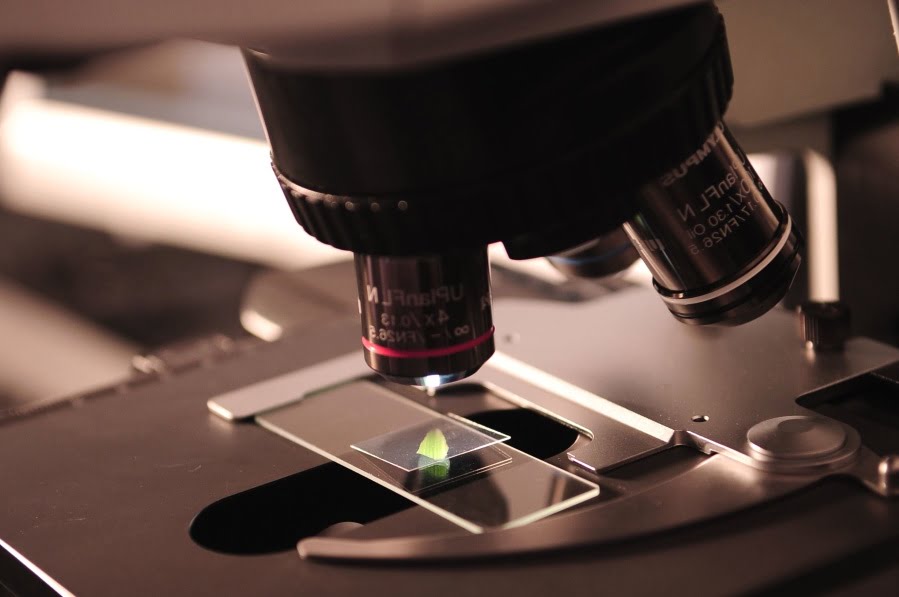It is regularly reported that bacteria can be both beneficial and harmful. Media, And advertising. It is also often said that there are more bacteria in our body than cells in the body itself. We decided to check if it is true.
On our planet there are not less than 5 x 1030 bacteria, their biomass exceeds the total biomass of all animals and plants. Bacteria are organisms of various shapes (round, rod-shaped) up to several micrometers in length. They are one of the first life forms on Earth and are found in all habitats.
The first studies on the relationship between the cells of the human body and the bacteria living in it, spent microbiologist Thomas Luckey in 1972. According to his calculations, about 100 trillion bacteria live in the human gastrointestinal tract alone, while the human body, as the scientist calculated, is made up of 10 trillion of its own cells, which amounted to the headline ratio of 10:1 in favor of bacteria. For a long time, this ratio was considered definitively correct, but with the advent of more accurate calculation methods, some scientists have questioned this research.
A team of microbiologists from the Weizmann Institute of Science in Rehovot, Israel, led by Ron Milo, used magnetic resonance imaging to count the number of cells in the human body. Their calculations, taking into account different tissue densities, showed that the average adult consists of 30 trillion cells, most of which - 25 trillion - are red blood cells. In second place are platelets - approximately 1 trillion. And only 3 trillion are the tissues of the body itself (bones, skin, internal organs, etc.). Thus, as a result of the first stage of the study, the predominance of bacteria became not so significant - only 3:1.

In the second stage, experimenters questioned Thomas Luckey's conclusions about the number of bacteria noting, that he calculated the population of the gastrointestinal tract by analyzing a sample from the large intestine, while in the small intestine there are significantly fewer bacteria. The data they adjusted began to look less dramatic: for every 1.3 bacteria there is 1 cell of the organism itself. The most densely populated place is still the large intestine: it is home to about 100 trillion microorganisms per liter (with an average volume of 0.4 liters). Saliva contains 100 billion, and each square centimeter of skin contains another 10 million. In defense of Thomas Lucky, it should be noted that in 1972 there was no now generally accepted three-domain system of Carl Woese and bacteria were merged with archaea into the general group of prokaryotes. While Ron Milo was already counting only representatives of the bacterial kingdom.
It is worth noting that the ratio derived by Ron Milo is not constant. With every act of defecation is displayed such a number of bacteria that for some time the cells of the body receive a numerical advantage.
It is also important to mention that in his work, Ron Milo only considered bacteria, while in the human body live also archaea, fungi, viruses and other types of microorganisms. If we add to the study, for example, viruses, which are even more numerous than bacteria, then the numerical preponderance of the microbiome will increase again. The second significant factor is that the average human model stands a man weighing 70 kg, and if you calculate the ratio for a woman whose blood volume (and therefore the number of red blood cells) is smaller, then the proportion will shift by about a third in favor of bacteria.
Thus, there are often more bacteria in the human body than his own cells. For standard ratio accepted 1.3:1, however, scientists are using more and more advanced calculation methods, so perhaps this figure is not final. In particular, one of the largest projects in this area, the American "Human microbiome", works to clarify the classification and number of various microorganisms in our body and asks questions about their interaction with the human body.

Mostly true
Read on the topic:
- Dmitry Alekseev “Gut microbes and health”
- “Bacteria had to reinvent oxygen breathing three times”
- Elizaveta Bonch-Osmolovskaya “How do archaea differ from bacteria”
If you find a spelling or grammatical error, please let us know by highlighting the error text and clicking Ctrl+Enter.






